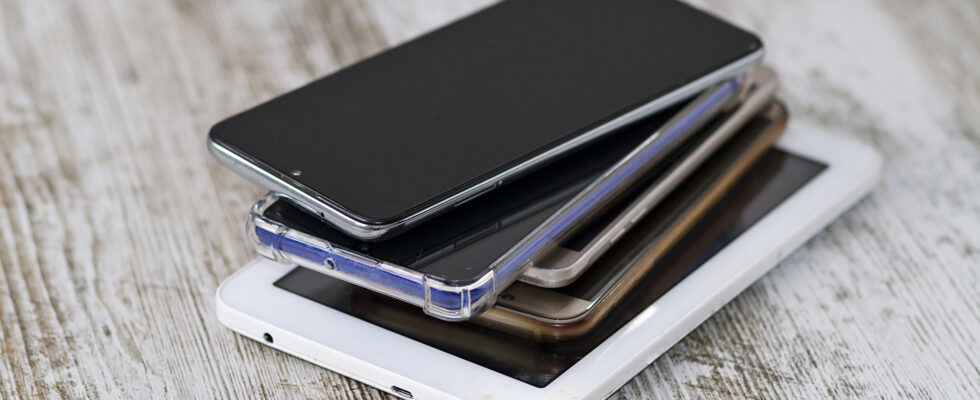The continuous and relentless mobile hardware upgrade cycle means that every two or three years we end up with an old smartphone or tablet. This aggressive update schedule, coupled with high reliability, therefore means that we often end up with fully functional devices gathering dust.
Some trade them. Others pass them on to family members or friends. Finally, some people throw old devices in their drawer “just in case”. I know from experience that it’s handy to have a backup smartphone or tablet, in case something happens to my everyday device. I rarely need it, but it’s there, just in case.
We all know that lithium-ion batteries are an amazing invention. They contain an incredible amount of energy, are very safe and do not require much attention in exchange for several hundred discharge cycles. However, if you throw your unwanted device in a drawer – and it will stay there for a few months (or even years) – you may be doing your battery a disservice.
Four tips from Apple
To ensure your backup device is ready when you need it, you need to store it properly. Apple provides long-term storage information for its products in four steps:
- Store the device with a 50% charge. If you store it fully charged, you risk reducing battery life. Conversely, if you store it with an insufficient charge, the battery may discharge to the point that it can no longer take a charge.
- Switch off the device
- Store the device in a cool place (no more than 32°C) and away from humidity.
- Check the device every six months and charge it to 50%.
These tips are valid for all devices.
How to properly preserve to extend the shelf life
However, I also recommend a few other measures:
- Wrap the device in plastic wrap and place it inside a plastic bag with a closure. These sandwich or freezer bags are the perfect size. In many environments, this is the only way to ensure a moisture-free environment and to protect the device from dirt and dust.
- Protect from extremely low temperatures (-20°C), which can seriously damage the battery.
- When you charge the battery to 50% every six months, take the opportunity to run a software update and update all apps.
- Keep a charging cable with the device: Not only does this make it easier to charge, but it also means that if you want to sell it (or give it away), the new owner will also receive a cable so they can start using it immediately.
- If you find that a year or 18 months has passed and you haven’t used the device, chances are you’ll never use it again, and now might be a good time. to consider selling or giving it away.
I have used these tricks to preserve items for many years. However, keep in mind that the longer you keep an item, the less likely you are to use it and the less valuable it will be, both financially and to someone else who might use it. .
My rule of thumb is: If I think an item is going to be stored for a year, I seriously consider getting rid of it, because there’s a good chance I’ll never use it again. .
Source: “ZDNet.com”
